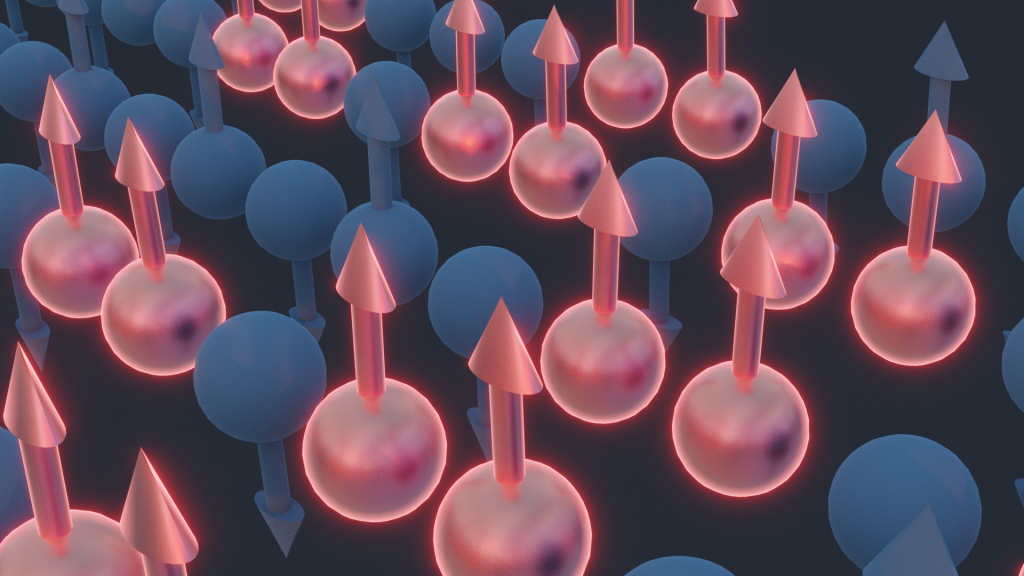The Role of Queer Scientists in Space Exploration History
Can you imagine a universe where the brightest minds are kept in the shadows, their voices muted, their discoveries hidden? For decades, queer scientists have been at the heart of space exploration, quietly fueling humanity’s journey beyond Earth. Their stories—often overlooked or untold—are laced with courage, creativity, and resilience. Today, we pull back the cosmic ...












